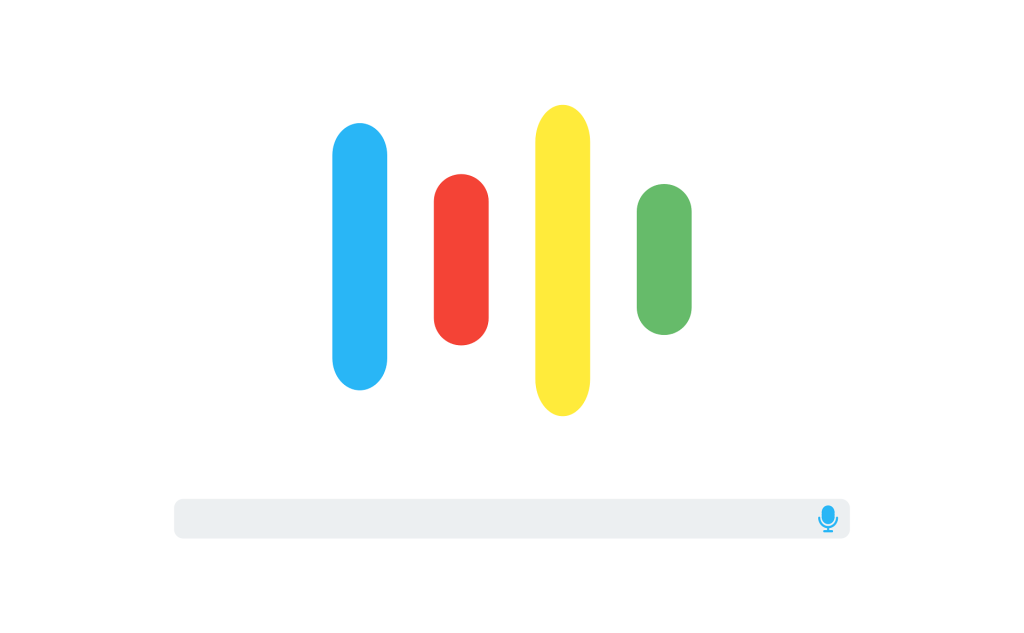Get ready, because soon customer service reps will be chatting with you in your native language. Why am I saying so?
Google recently expanded its Voice Search, Gboard voice typing, and Translate voice input services to include 15 additional African languages. This update means users can now interact with Google using Kikuyu, Somali, Rundi, Tigrinya, Amharic, and Oromo in East Africa, as well as Twi, Yoruba, Hausa, Igbo, and Nigerian Pidgin in West Africa. This expansion brings Google’s voice-enabled languages in Africa to a total of 25, empowering about 300 million more users across the continent to access information and communicate online using their native languages.

These new language capabilities were enabled by advancements in AI and multilingual speech recognition, which allow the system to learn and transcribe speech into text. Google Africa’s Managing Director, Alex Okosi, highlighted the local relevance of these updates, with Google’s team in Accra playing a key role in making these tools accessible for African languages. This development is a significant step in Google’s mission to make information universally accessible, especially as internet access continues to grow across Africa
Does that mean that AI customer service bots can access the languages as well?
Yes and no. Yes because with the right programming and integration, AI-powered customer service representatives can effectively communicate with callers in their native languages. This capability is vital for businesses operating in diverse regions, as it fosters better communication, enhances customer experience, and builds trust. When customers can interact in their preferred language, they feel more valued and understood which can lead to higher satisfaction and loyalty.
No because, while AI has made strides in language recognition and translation, there are still limitations. The effectiveness of AI customer service bots in these languages heavily depends on the quality and breadth of the training data available. Many African languages, particularly those with less digital representation, may not have sufficient data for AI models to learn nuances, dialects, and cultural contexts. This can lead to misunderstandings or less accurate translations, which could frustrate customers rather than help them. Furthermore, context plays a crucial role in effective communication, and AI may struggle to grasp the subtleties of human conversation, including humor, idioms, or local expressions. I know you know how frustrating this can be.
So, how far are we from the realization of this? Not far, I dare say. With the rapid advancements in AI and technology, the groundwork is already being laid for a future where customer service reps can seamlessly communicate in a variety of native languages. Companies that invest in these technologies today are positioning themselves to lead the charge in delivering personalized, culturally relevant customer experiences. As more businesses embrace these innovations, we can anticipate a shift toward a more inclusive and effective customer support landscape across Africa. The journey is underway, and the future of customer service is looking brighter than ever!


















+ There are no comments
Add yours